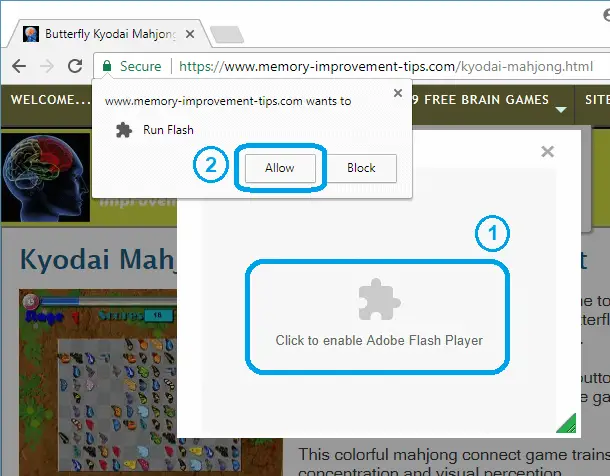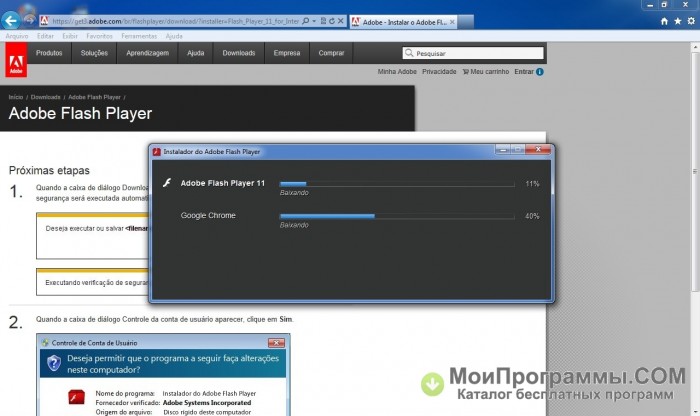

For example, Flash game websites require browser support for Adobe Flash.

Open a web page in a new Chrome tab, or refresh a web page in a tab that is already open. Select the Acrobat toggle button to enable the Adobe Acrobat extension. Alternatively, type chrome://extensions/ in the Chrome address bar, and press Enter. These websites require you to enable Adobe Flash in order to function. Select the Chrome menu icon ( ), and then choose More Tools > Extensions. However, there may still be some services that depend on Adobe Flash Player. In this video I am going to show How to Enable Flash in Chrome or How to Enable Adobe Flash Player in Google Chrome. The vast majority of websites are moving away from Flash towards HTML5, which is much more superior and easier to use.

Locate the Adobe Flash Player plugin and click the Enable link to enable Adobe Flash. Click “Allow” and Flash Player will run as it should. A page should then appear listing the plugins available for your browser. Once you click on it, you will see a prompt. Click the padlock to the left of the address bar. From now on, every time you visit a website with Flash Player, you will be prompted to “Click here to activate Adobe Flash Player”. Method 1: Use the Padlock Here's how to change Flash permissions for a single site: Visit the site with Flash content. In fact, Adobe used to release multiple security patches every month just to keep it working. This is mainly due to the large number of security issues with the Flash software itself. Like any good thing, Adobe Flash comes to an end and most major browsers like Chrome, Edge and Firefox disable Adobe Flash by default. Check How To Enable Adobe Flash Player On Edge And GoogleChromeĪdobe Flash has long been a staple of video sharing and creativity in nearly every major browser.


 0 kommentar(er)
0 kommentar(er)
